Booster pump Singapore installations have become the invisible backbone of one of the world’s most ambitious water security projects, quietly addressing the fundamental contradiction of a prosperous island nation with virtually no natural freshwater resources. This technological solution represents more than mere engineering convenience—it embodies Singapore’s systematic approach to overcoming geographic constraints through strategic infrastructure investment and technological innovation, transforming potential vulnerability into competitive advantage.
The Water Security Imperative: Understanding Singapore’s Unique Challenge
Singapore’s relationship with water has always been defined by scarcity and dependence. With rainfall patterns increasingly unpredictable due to climate change and historically contentious water agreements with neighbouring Malaysia, the city-state has been forced to develop one of the world’s most sophisticated water management systems. At the heart of this system lies a network of booster pumps that ensure reliable water pressure across the island’s varied topography and dense urban landscape.
The challenge extends beyond simple supply. Singapore’s high-rise urban environment creates unique pressure requirements, with water needing to reach the 50th floor of residential towers with the same reliability as ground-level commercial establishments. This vertical distribution challenge has driven innovation in pump technology and system design that now serves as a model for urban planners worldwide.
Engineering Solutions: The Technology Behind Water Independence
Modern booster pump systems in Singapore represent sophisticated integration of mechanical engineering, computer control, and energy efficiency principles. Unlike simple pumps that operate at constant output, today’s systems employ variable frequency drives that adjust pump speed based on real-time demand, reducing energy consumption whilst maintaining optimal pressure.
Key technological components include:
- Variable speed controllers that adjust pump output to match demand patterns
- Pressure sensors providing real-time feedback for system optimisation
- Redundant pump configurations ensuring uninterrupted service during maintenance
- Energy recovery systems capturing waste pressure from high-rise buildings
- Smart monitoring platforms enabling predictive maintenance and fault detection
These systems must operate reliably in Singapore’s challenging tropical environment, where high humidity and temperature fluctuations can affect electronic components and where space constraints demand compact, efficient designs.

The Economics of Pump Infrastructure: Cost-Benefit Analysis
The financial implications of Singapore’s booster pump infrastructure extend far beyond installation costs. Energy consumption represents the largest operational expense, with pumps accounting for approximately 15-20% of total water system energy usage. However, the economic benefits of reliable water pressure are substantial.
Consider the costs of inadequate water pressure: manufacturing processes requiring consistent water supply can suffer significant losses from pressure fluctuations, whilst commercial buildings may face tenant complaints and potential legal liability. For a nation positioning itself as a global business hub, water infrastructure reliability becomes a competitive necessity rather than a basic utility service.
Recent government initiatives have focused on energy efficiency improvements, with subsidies available for businesses upgrading to high-efficiency pump systems. These programmes recognise that private sector pump efficiency directly impacts national energy consumption and carbon emission targets.
Regulatory Framework: Standards and Compliance
Singapore’s approach to booster pump regulation demonstrates the government’s systematic thinking about infrastructure quality. The Building and Construction Authority (BCA) has established comprehensive guidelines covering pump selection, installation, and maintenance requirements. These standards ensure that systems meet both immediate functional needs and long-term reliability expectations.
The regulatory framework addresses several critical areas:
- Minimum pressure requirements for different building types and uses
- Energy efficiency standards aligned with national sustainability goals
- Noise control measures protecting residential areas from pump operations
- Safety protocols for pump room design and maintenance access
- Documentation requirements ensuring proper system commissioning and testing
Water Management Strategy: NEWater and Desalination Integration
Singapore’s famous “Four Taps” water strategy—local catchment, imported water, NEWater (recycled water), and desalinated water—relies heavily on booster pump infrastructure to integrate these diverse sources into a unified distribution system. Each water source presents unique pressure and quality characteristics that must be managed through sophisticated pumping systems.
As one senior water engineer explains, “The integration of multiple water sources through our pump network represents one of the most complex urban water systems globally. Every booster pump Singapore operates becomes part of a larger orchestrated system ensuring water security for 5.9 million people.”
NEWater facilities, which produce ultra-pure recycled water, require specialised pumping systems capable of handling water with different chemical properties than traditional sources. Meanwhile, desalination plants must overcome the additional challenge of moving large volumes of water from sea level to elevated distribution points across the island.
Climate Resilience and Future Planning
Singapore’s booster pump infrastructure increasingly incorporates climate resilience considerations. Rising sea levels threaten low-lying pump stations, whilst more intense rainfall events require systems capable of managing sudden demand spikes during flooding incidents.
Future planning includes smart grid integration, where pump systems can automatically reduce energy consumption during peak electricity demand periods, contributing to national grid stability. Advanced materials research focuses on corrosion-resistant components that can withstand Singapore’s aggressive marine environment whilst maintaining efficiency over extended operational periods.
Innovation Hub: Technology Transfer and Export Potential
Singapore’s expertise in booster pump systems has become an exportable commodity, with local engineering consultancies advising on similar projects throughout Southeast Asia and beyond. The combination of technical expertise, proven performance, and understanding of tropical operating conditions creates opportunities for technology transfer to rapidly urbanising cities facing similar water security challenges.
Conclusion: Infrastructure as National Strategy
Singapore’s investment in sophisticated booster pump infrastructure reflects broader strategic thinking about how small nations can leverage technology to overcome natural disadvantages. The success of these systems demonstrates that thoughtful engineering, supported by appropriate regulation and long-term planning, can transform constraints into capabilities. For businesses, residents, and policymakers seeking reliable water infrastructure solutions, the comprehensive approach demonstrated by booster pump Singapore installations offers a proven model for urban water security in the 21st century.

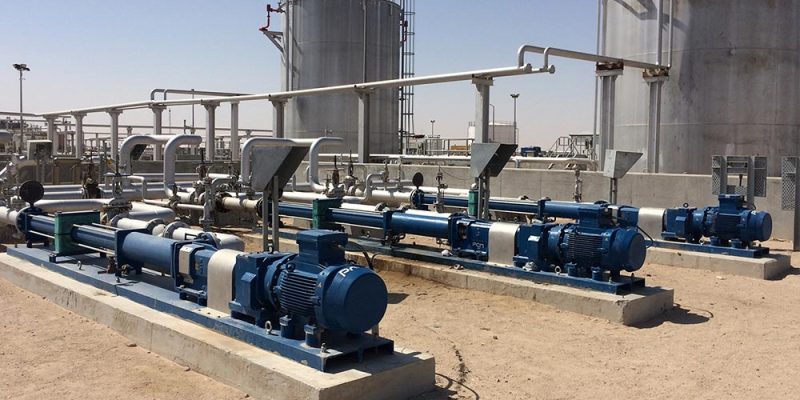

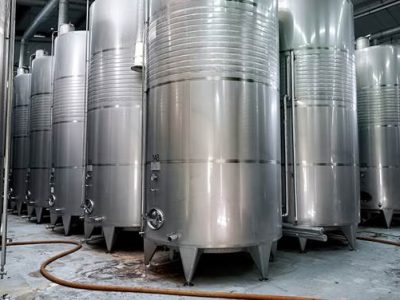



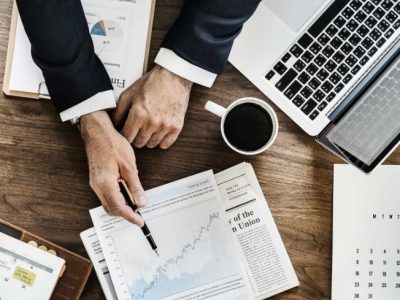

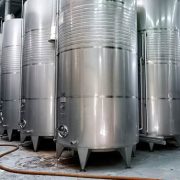

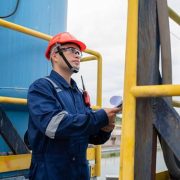

Comments